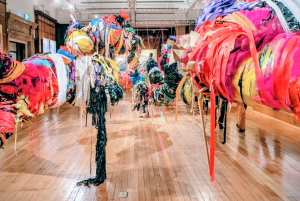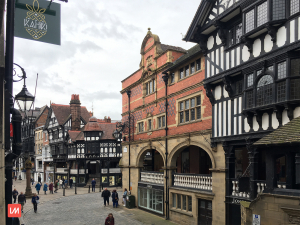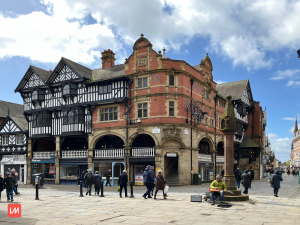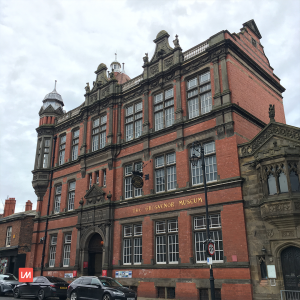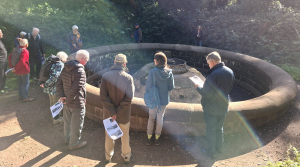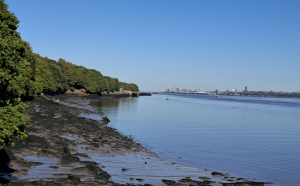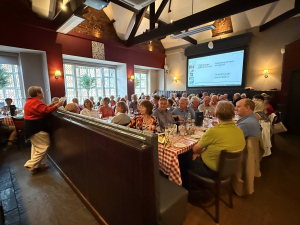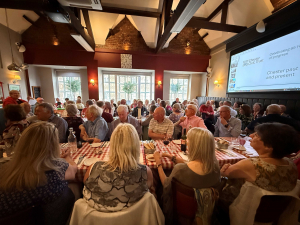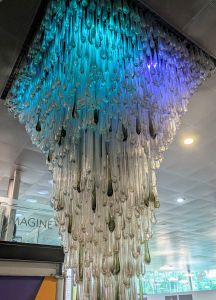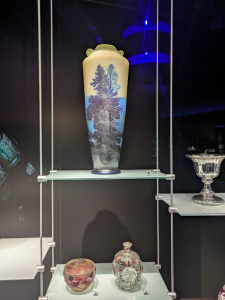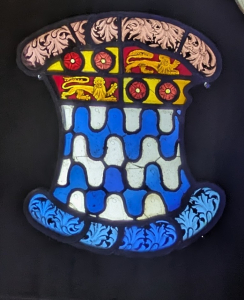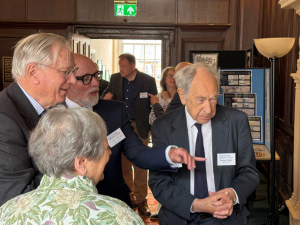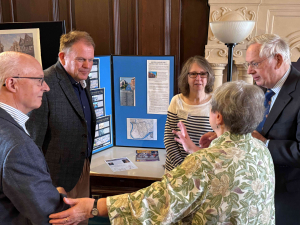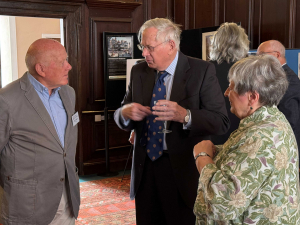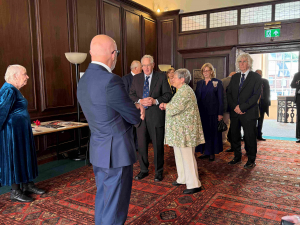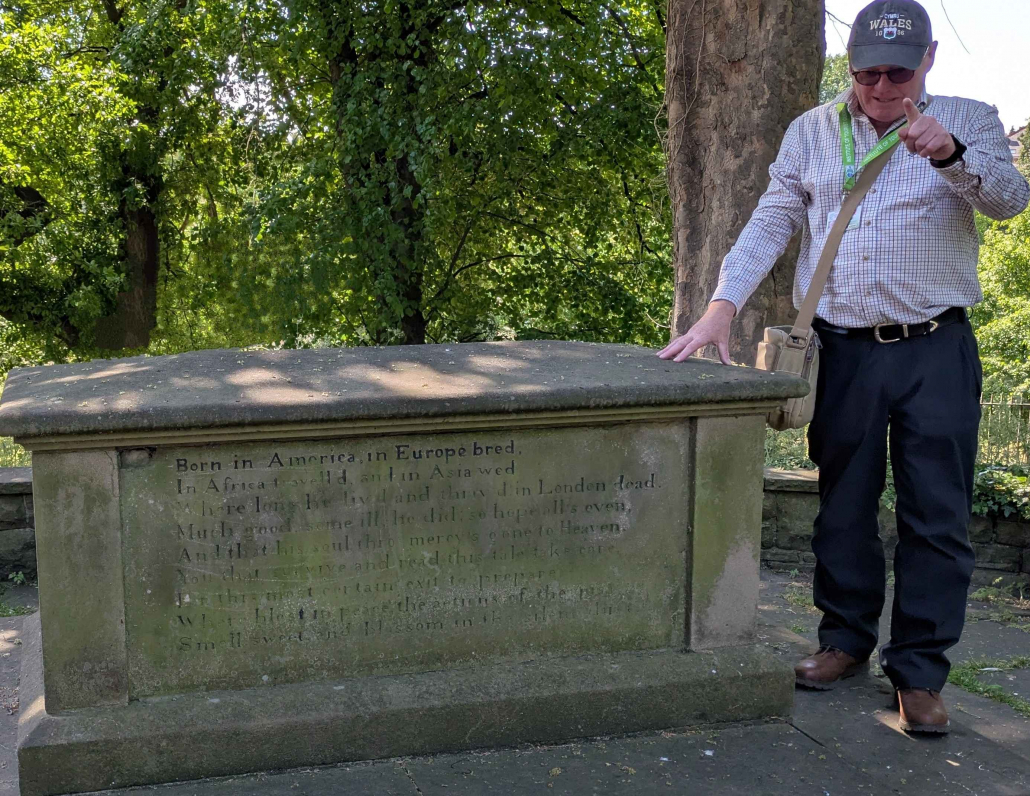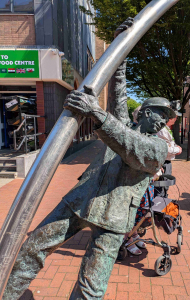If you read the December 2025 newsletter, you will know that a party of forty Civic Trust members visited Bradford for its Year of Culture. We went to the Cartwright Art Gallery to see the Turner Prize entrants and chose our winner. Zadia Xa gained 24 votes and was the Civic Trust’s winner with Mohammed Sumi gaining 12 votes.
Nnera Kalu was the least appreciated with one vote. Congratulations to this anonymous member as she was this year’s Turner Prize winner.
Displayed in her own room, the centre of the exhibition space was dominated by a large number of her big textile structures. These are created from a basic tube skeleton around which are wrapped fabric, paper, cling film and rope. She has referred to them as nests or cocoons.
Around the walls of the room were her drawings, reflecting these textile sculptures. They consisted of swirling lines with bright backgrounds.
Congratulations to the member who was in tune with the exhibition’s judges. Thirty-nine of us disagreed.
More background information on the Turner Prize here.

